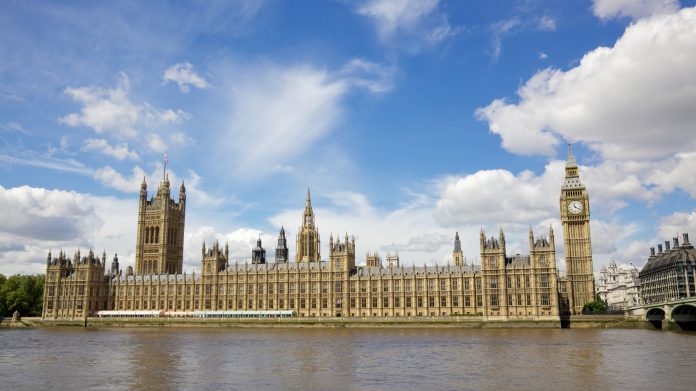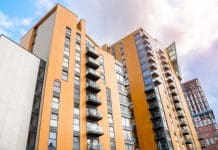If the Palace of Westminster’s Restoration and Renewal Programme is successful the risks associated with the complex infrastructure programme must be addressed now, according to a new report by the National Audit Office (NAO)
The restoration and renewal programme aims to address major structural and maintenance issues across the palace alongside meeting wider objectives, such as improving access to the palace and protecting its heritage.
Parliament has set up a new ‘Sponsor Body‘ from April 2020 to deliver the Programme on its behalf.
Today’s (24 April) report looks at the restoration programme at this early stage to identify potential risks and recommend how these may be addressed. Clear objectives need to be agreed to manage the risk of the programme scope later expanding unnecessarily, potentially leading to cost increases and delays.
As the programme involves the extensive restoration of an old, heritage building, uncertainties, such as the condition of the underlying building and availability of specialist skills, are to be expected at this early stage.
The Sponsor Body needs to understand and reduce these uncertainties so that it can then develop evidence-based cost and schedule estimates which it should revisit over time.
The long-term nature of the programme makes it likely that technology and working practices will change throughout the scheme, increasing the risk that requirements may change, leading to costs increasing.
The Sponsor Body
The Sponsor Body expects to take responsibility for this project in summer 2020. Its first task will be to prepare the business case, currently expected by autumn 2021.
The NAO stated: “The Sponsor Body should finalise its strategy for engaging with Parliament to ensure Parliament is kept informed. Parliament should also put in place clear structures to help agree, with the Sponsor Body, a clear and shared understanding of what the programme will deliver.
“At this early stage, it is unclear how future changes requested by Parliament will be managed, and how the Sponsor Body will reduce the risk of requirements changing. The Sponsor Body and Parliament should agree on a process that outlines when programme requirements will be revisited, and how the time and cost implications of any changes are weighed against potential benefits.”
The programme is highly dependent on other projects being completed to time. This includes redeveloping part of the Northern Estate, Richmond House, which is where the House of Commons is expected to move during the Palace works, according to the NAO.
The NAO recommends that this plan clarifies responsibilities for each project and how the links between projects will be managed.
Sponsor Body response
In response to the report, Sarah Johnson, CEO of the Houses of Parliament Restoration and Renewal Sponsor Body, said: “The restoration and renewal of the Houses of Parliament will be the biggest and most complex heritage project ever undertaken in the UK, supporting thousands of jobs across the country and protecting one of the world’s most recognisable buildings.
“Since the legislation was passed last year, we have made rapid progress setting up the organisations responsible for the programme. I welcome the NAO’s helpful recommendations as we embark on the task of designing and delivering the plan to protect the Houses of Parliament for future generations.
“We are committed to learning lessons from previous infrastructure projects and will ensure value for money at every stage through stringent audit and assurance processes. Our teams will continue to work closely with Parliament in the coming months to determine the requirements for this great building, the home of our democracy.”














